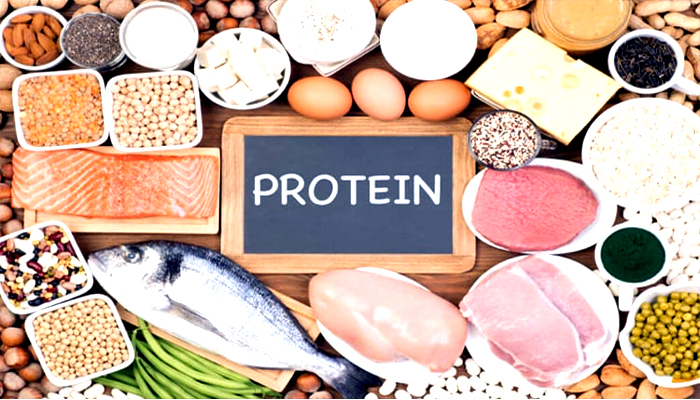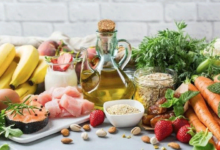Foods That Are Often Thought to Be High in Protein, But Aren’t Really

Protein is an essential nutrient that plays a vital role in the structure and function of every cell in our body. A healthy, balanced diet cannot be complete without it, as protein is a building block of life. Many people focus on consuming protein-rich foods and often include items in their meals that are believed to be packed with protein. However, some foods that are commonly labeled as “high-protein” may not actually provide the amount of protein needed for optimal health. While these foods do contain some protein, the quantity is often insufficient to meet the daily recommended intake of 15 grams or more of protein.
Here are 8 commonly misunderstood “high-protein” foods, which may not provide as much protein as you think:
### 1. **Peanut Butter**
Peanut butter is often touted as a great source of protein, but according to nutritionist **Sapna Perowmba**, it contains only **4 grams of protein per tablespoon**. This makes it more of a fat source, with a small amount of protein.
### 2. **Chia Seeds**
Chia seeds are praised for their nutritional benefits, but they don’t offer much protein on their own. **Wendy Lopez**, a nutrition expert, explains that you can get **4 grams of protein** from just **two tablespoons** of chia seeds, but this amount is only effective when soaked in a dairy alternative, such as almond milk.
### 3. **Pistachios**
Pistachios, like many other nuts, are primarily fat-rich foods with a small amount of protein. However, compared to other nuts, pistachios have slightly more protein, offering **6 grams of protein per 30 grams**. While not a major source of protein, they can be a good addition to your diet.
### 4. **Quinoa**
Quinoa is often praised for being a complete protein, as it contains **8 grams of protein per cup**. However, it’s important to understand that while quinoa does provide a higher amount of protein compared to many grains, it doesn’t fulfill all of your protein needs on its own. It should be combined with other protein-rich foods for a balanced intake.
### 5. **Eggs**
Eggs are an excellent source of complete protein, but it’s important to note that **each egg contains only about 6 grams of protein**. While eggs are a valuable protein source, you would need to consume several eggs to meet your daily protein needs.
### 6. **Hummus**
Hummus, made from chickpeas, is often regarded as a good plant-based protein source. However, according to **Dr. Perowmba**, **half a cup of hummus contains just 7 grams of protein**. To reap the full benefits of chickpeas’ protein, it’s best to pair them with other protein-rich foods in your meal.
### 7. **Yogurt**
Yogurt is generally considered a good source of protein, but the protein content varies depending on the type. Traditional plain yogurt, for example, contains **less than 6 grams of protein per 180-gram serving**, according to Perowmba. For a higher protein option, you should opt for Greek yogurt or other fortified varieties.
### 8. **Bone Broth**
There’s a common misconception in the nutrition world that bone broth can be consumed as a protein-packed meal. However, **Harbastreet** states that bone broth, while it may contain some protein, **is not a complete or sufficient protein source on its own**. It should not be considered a standalone meal for meeting your protein requirements.
### Conclusion
While these foods may offer some protein, they should not be relied upon as the sole source of protein in your diet. It’s essential to balance them with other high-protein foods like lean meats, legumes, tofu, and dairy products to meet your daily protein requirements. Always remember to consume a variety of protein sources for optimal health and nutrition.






